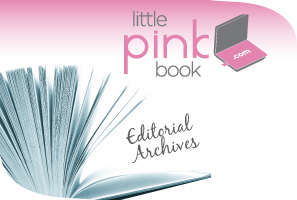
How to Get People to Take Note
While some politicians may not be authentic communicators, most are masters in how to grab audiencesâ attention. These politicians understand the importance of âflagging phrases.â
When Richard Nixon said, âLet me make myself perfectly clear,â we stopped and listened, and when George Bush told us, âRead my lips,â we hung on every word. These phrases are what public relations professionals call âflagging phrases,â and they have the same effect as tapping a spoon to a glass at a banquet; everyone stops and tunes into what the speaker has to say.
Research shows we need only 15 percent of our brain to process language, leaving the remaining 85 percent to compile âto doâ lists, plan the weekend, and daydream about sex. Powerful communicators know flagging phrases break through the clutter and increase readersâ mind share.
One of the most effective ways to flag audiencesâ attention is to use numbers. When we say, âThere are âxâ points to rememberâ readers become alert and ready to record each point.
By encouraging readers to tune into WIIFT — or station âWhatâs In It For Themâ â we can also flag their attention. Common WIIFT phrases include:
⢠âWhat this means to youâ¦.â
⢠âThatâs an important point becauseâ¦.â
⢠âYou may be interested to knowâ¦.â
Still another flagging phrase is to end a speech by saying, âIn summaryâ or âIn conclusion.â Readers will tune back into the speaker when he or she recaps the important points at the end of a talk.
There are many other flagging phrases. Some of my favorites are:
⢠âPlease donât forgetâ¦.â
⢠âThe best part aboutâ¦.â
⢠âThe key isâ¦.â
⢠âThe fact isâ¦.â
⢠âThe most important thing isâ¦.â
⢠âI think the bottom line isâ¦.â
In conclusion, powerful communicators use flagging phrases to grab audiencesâ attention. Try adding several of these phrases to your communications tool box.
â¨
By Randy Siegel
Recommended
-
Hello! Holiday Sales Are Here....November 1st, 2024
-
Turn PR Fear Into Business Suc...October 1st, 2024
-
Before You Buy That Pumpkin Sp...September 1st, 2024
-
The Secret To Success Is Integ...August 1st, 2024
-
Snowballs Before Beach BallsJuly 1st, 2024















